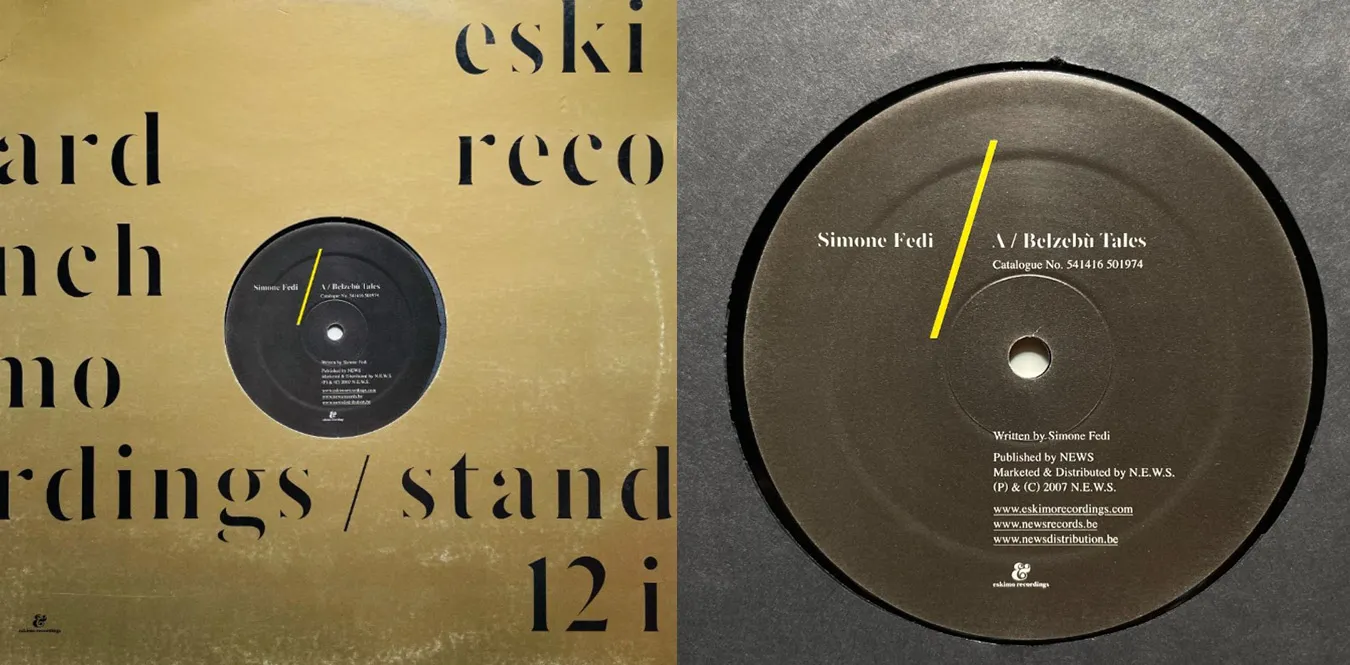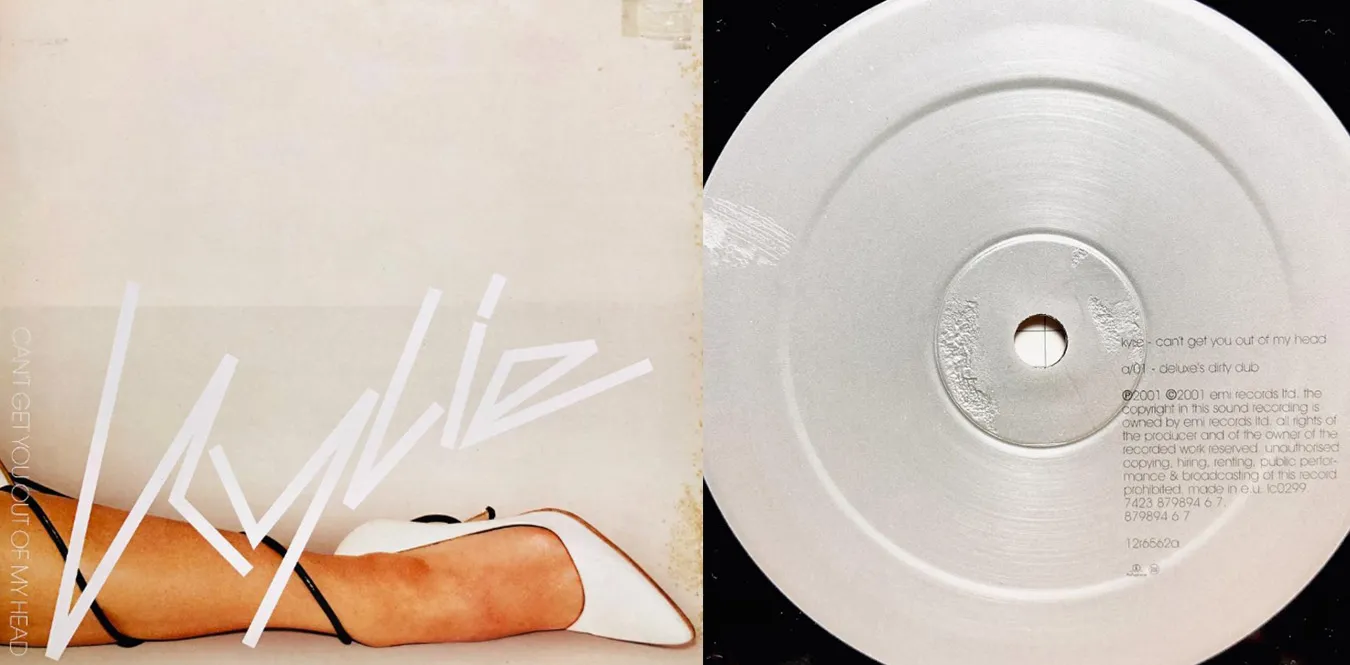[Column] Cosmic Sound and Daniele Baldelli - dancing between space and speed
Column en Ambient Disco House Italo![[Column] Cosmic Sound and Daniele Baldelli - dancing between space and speed](/../assets/images/column-cosmic-sound.webp)
1. Prologue: Where space disco was born
Text: mmr|Theme: Tracing the unique sound philosophy created by a different-dimensional mix, speed manipulation, and the fusion of folk music and electronic sounds.
Late 1970s, on the shores of Lake Garda in northern Italy. Little did anyone know that this place, which was just a resort for tourists, would later become the center of an acoustic phenomenon called Cosmic Sound. The central figure is Daniele Baldelli. He is not just a DJ, but has become known as an ““architect who reconstructs the speed of sound and space.’’
The disco scene at the time was dominated by 4/4 rhythms, represented by American soul and house music. However, Baldelli interweaves folk music, electronic sounds, progressive rock, African drums, and even krautrock. We presented the concept of “cosmic tempo”, which allows you to freely change the BPM.
“I don’t believe in genres. I only believe in the flow of sound.” ― Daniele Baldelli
2. What is Cosmic Sound? - An indefinable acoustic experience
Cosmic Sound is often translated as “cosmic disco.” But that doesn’t just mean sci-fi sound design. Rather, it refers to DJ play that distorts time and gravity itself.
Characteristic elements
-
Tempo Fluidity: Plays a 45rpm record at 33rpm and further adjusts the pitch by more than ±8%. This makes the same track sound like a signal from an unknown planet.
-
Cultural Mixture: A mix of German krautrock (Can, Neu!), African music, electronic ambient, and Italian synth disco. It’s like an extraterrestrial jukebox.
-
Ritual: At Cosmic Club, lights and mirror balls are suppressed, and instead smoke and projectors dominate the space. Rather than dancing, the audience had an experience of being ““immersed’’ in the sound.
3. Baldelli’s playing philosophy - A revolution in consciousness toward “speed”
Daniele Baldelli’s real innovation was in treating speed (tempo) as a musical element. he speaks.
"”It’s easy to mix music genres. However, ““cosmizing’’ them at one speed is a matter of sensibility, not technology. “
His mixes range from 110 BPM funk to 85 BPM Afro percussion to slowed down synth ambient. Transfers smoothly. You can’t even feel the boundaries between songs. Throughout the night it feels like a spaceship is going down and out of orbit.
4. Sound material science - Relocation of sound sources in Cosmic
Baldelli was a pioneer of DJs who treated songs as “material.” There was a strong sense of ““composing’’ the recorded sounds again on the turntable.
| Sources used | Specific examples |
|---|---|
| Kraftwerk | Kraftwerk, Can, Ash Ra Tempel |
| Italian electronic music | Claudio Gizzi, Tullio De Piscopo |
| Afro/ethnic sounds | Manu Dibango, Fela Kuti |
| Space theme | Space, Rockets, Cerrone |
| Soundtrack | Morricone, Carpenter, Goblin |
This multicultural mix was the precursor to later Balearic Sound, Leftfield Disco, as well as Downtempo and Nu Disco.
5. Internal structure of Cosmic Club - Sound field as architecture
place:
”“Discoteca Cosmic’’ on the shores of Lake Garda, Northern Italy (1979–1984)
Features:
- Low ceilings and unique echoes
- Smoke + laser irradiation on the floor
- Baldelli’s DJ booth is installed on a hill and has a structure that showers sound from above the audience.
- A space dominated by “darkness” rather than light
At this club, ““drifting” was more important than ““dancing.” Visitors are transported by the sound and lose their sense of time. Cosmic was ““meditation in the night’‘**.
6. Baldelli technology – the magic of analog
The equipment he uses has distinct features that set him apart from other disco DJs.
- Technics SL-1200 (2 units) + Revox tape deck
- Roland Space Echo RE-201
- Eko Multitone EQ
- Sample loop with Reel-to-Reel tape
Using these, he created a live performance “rhythmic breath”. Using tape repeat, the same sound is rearranged with a slight shift. It can be said that this was the prehistory of later sampler music.
7. Inheritance and variation – from Cosmic to Balearic
In the late 1980s, Ibiza”s DJ Alfredo and José Padilla inherited Baldelli”s Cosmic philosophy. This developed into a trend called ““Balearic Beat,’’ which later fundamentally changed UK club culture.
| Genealogy | Representative people |
|---|---|
| Cosmic (Northern Italy) | Daniele Baldelli, Beppe Loda |
| Balearic (Ibiza) | DJ Alfredo, José Padilla |
| UK Chillout/Nu Disco | Andrew Weatherall, The Orb, Prins Thomas |
This trend is not just a “music genre”; It was the international spread of the ““sensation of flowing sound over time**.
8. Timeline: Cosmic Sound and Baldelli’s trajectory
9. Illustration: Structural model of Cosmic Sound
10. Conclusion: To dance at the speed of the universe
Cosmic Sound is the most undefinable area in disco history. There, genre, country, speed, and culture blend together, and a “philosophy of sound” emerges. Daniele Baldelli presented the philosophy as a “translation into space.”
Some of today’s DJs, especially artists who work with slower tempos and cross-cultural material (Harvey, Tornado Wallace, Young Marco, etc.), That DNA is certainly alive and well.
“Cosmic means searching for the inner universe, not the universe.” ― Daniele Baldelli
Discography
-
Baldelli, Daniele. Cosmic: The Original. Expanded Music, 1990.
-
Cosmic Disco? Cosmic Rock! (Compilation, Eskimo Recordings, 2013)

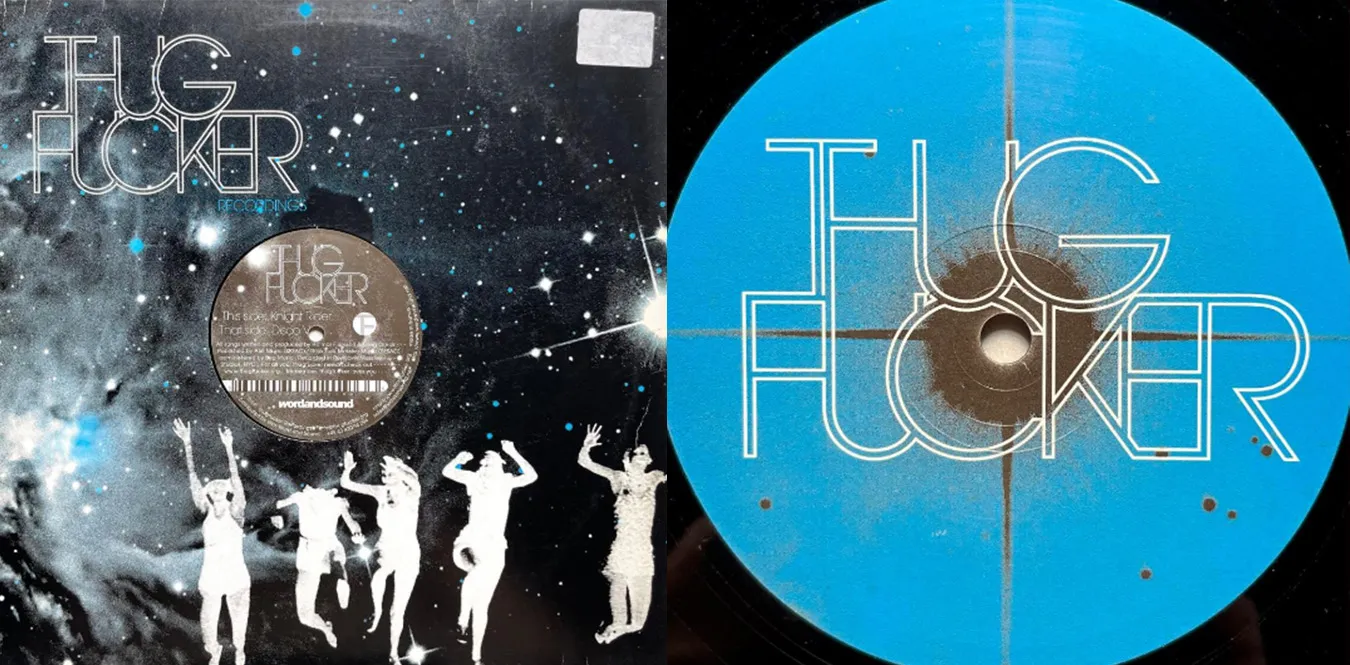
![[Column] DJ Harvey and record collection: DJ as a body that lives](/../assets/images/column-harvey-vinyl.webp)
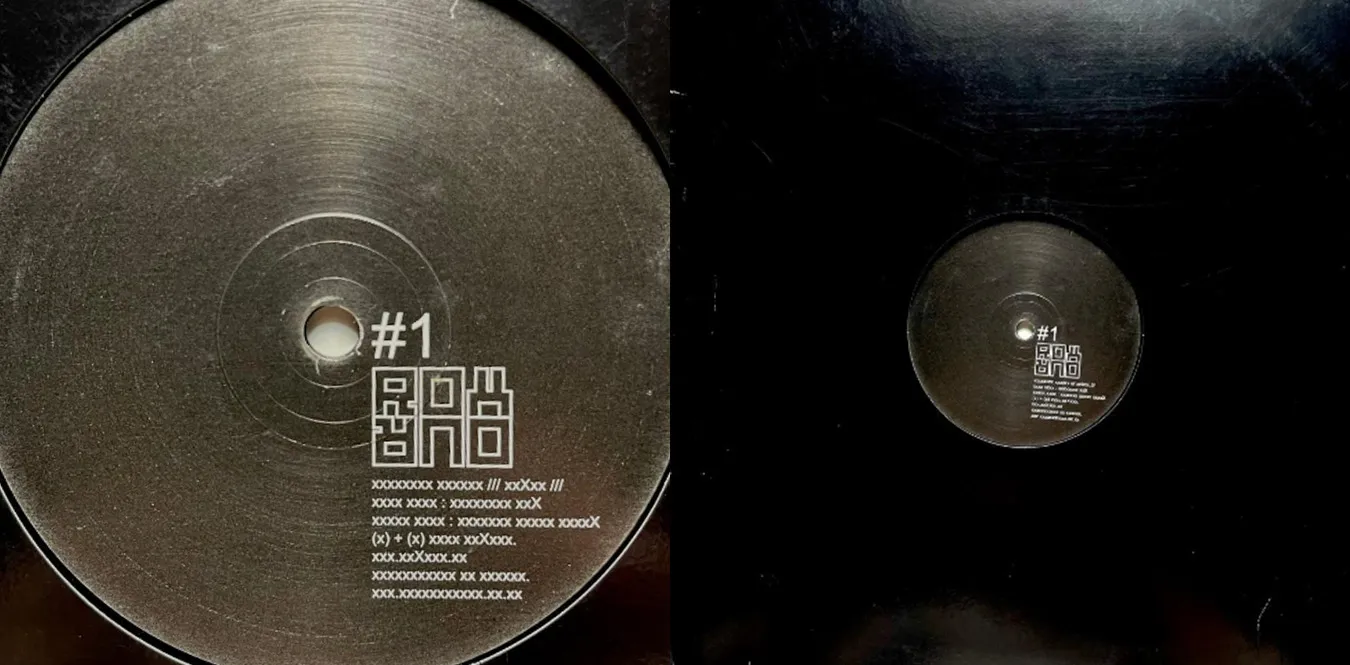
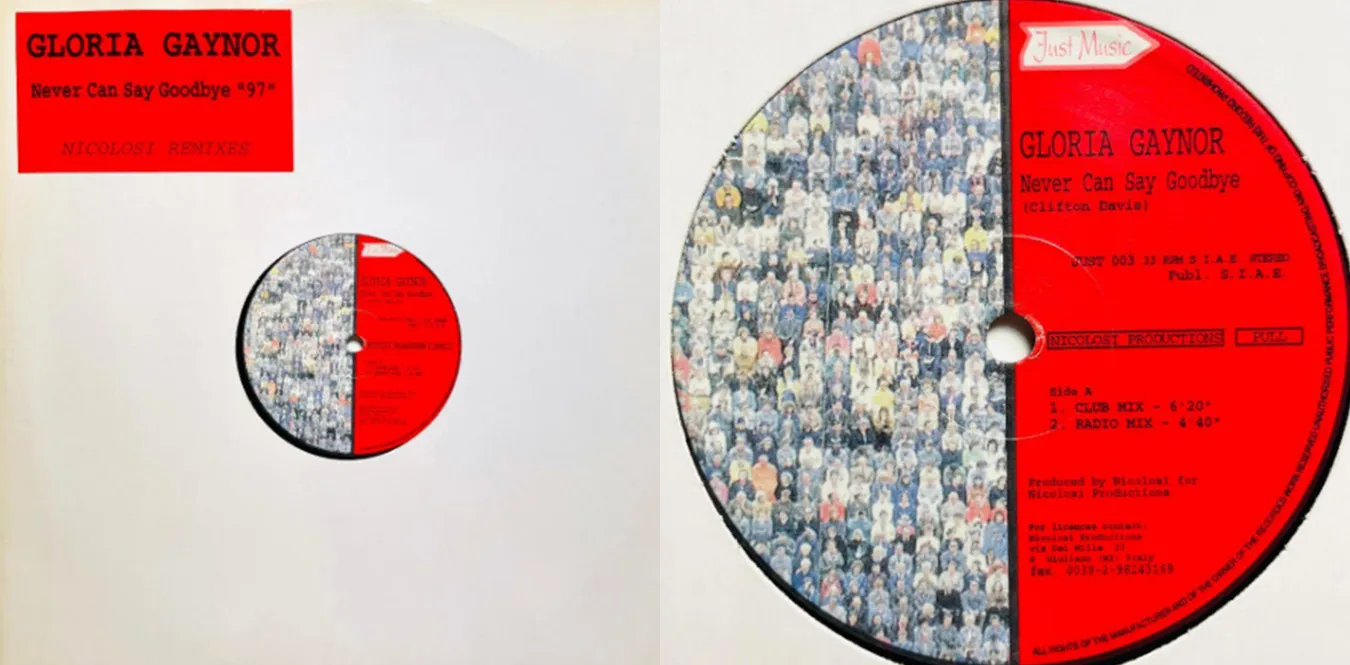
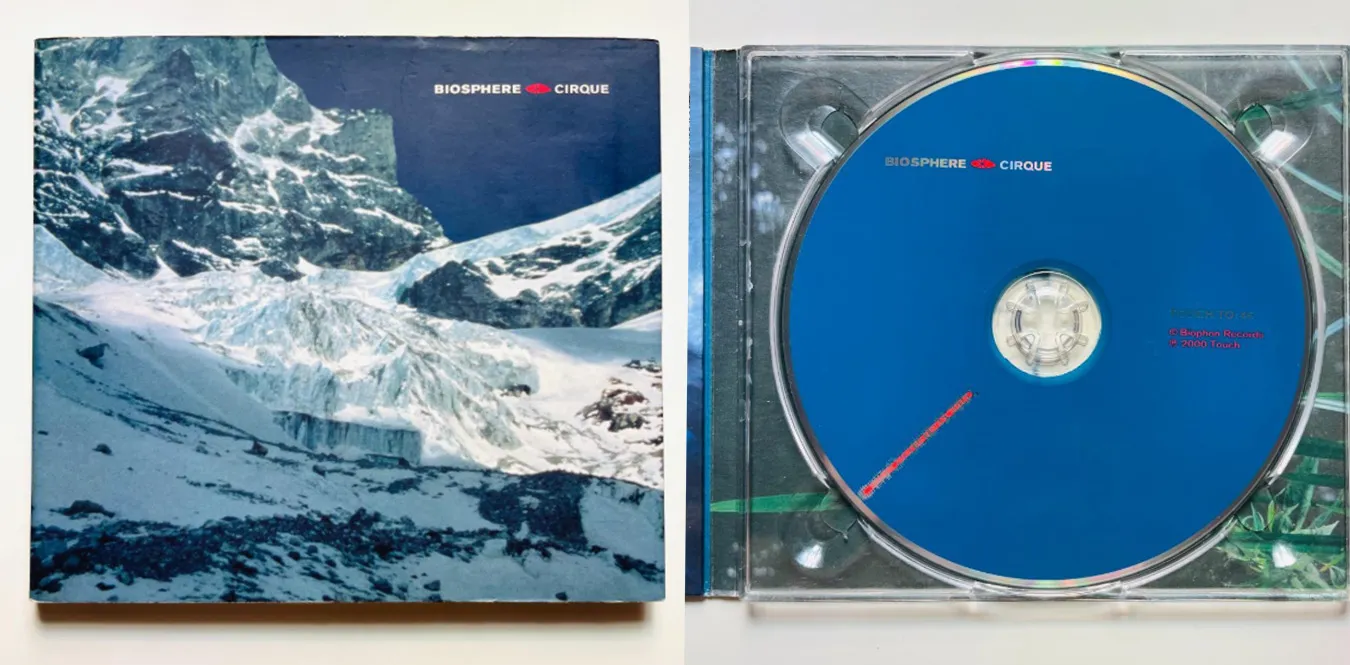
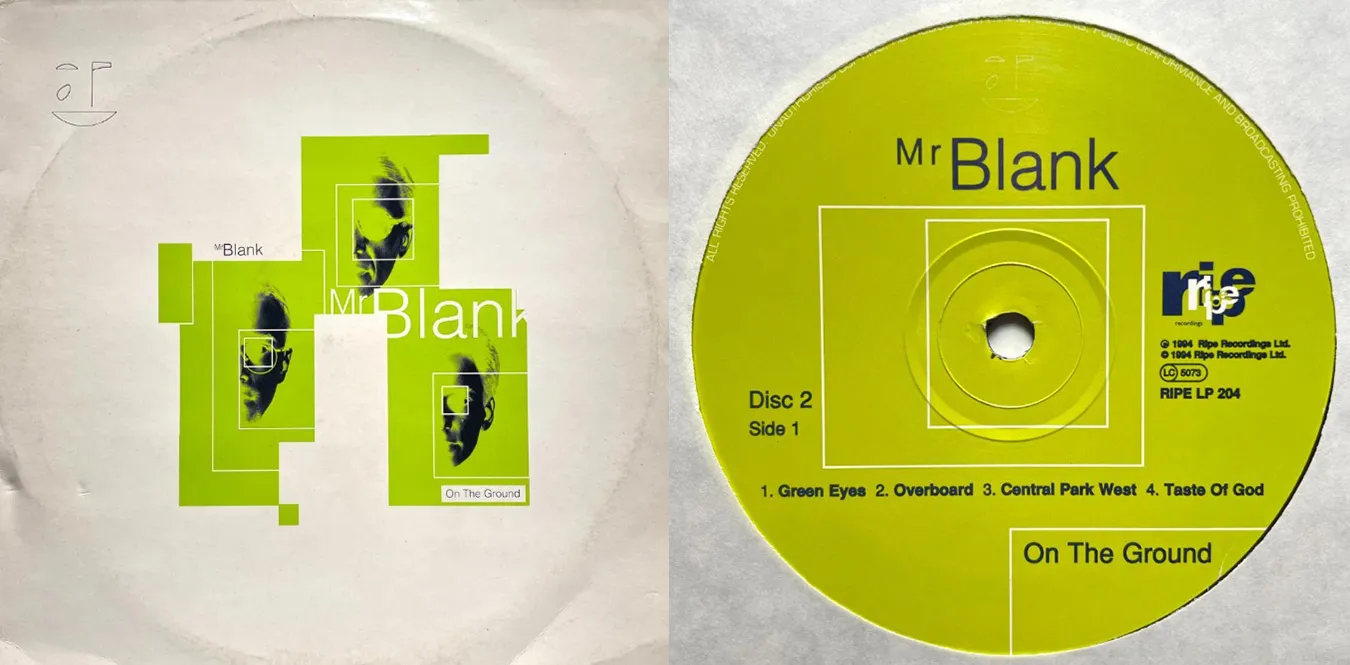
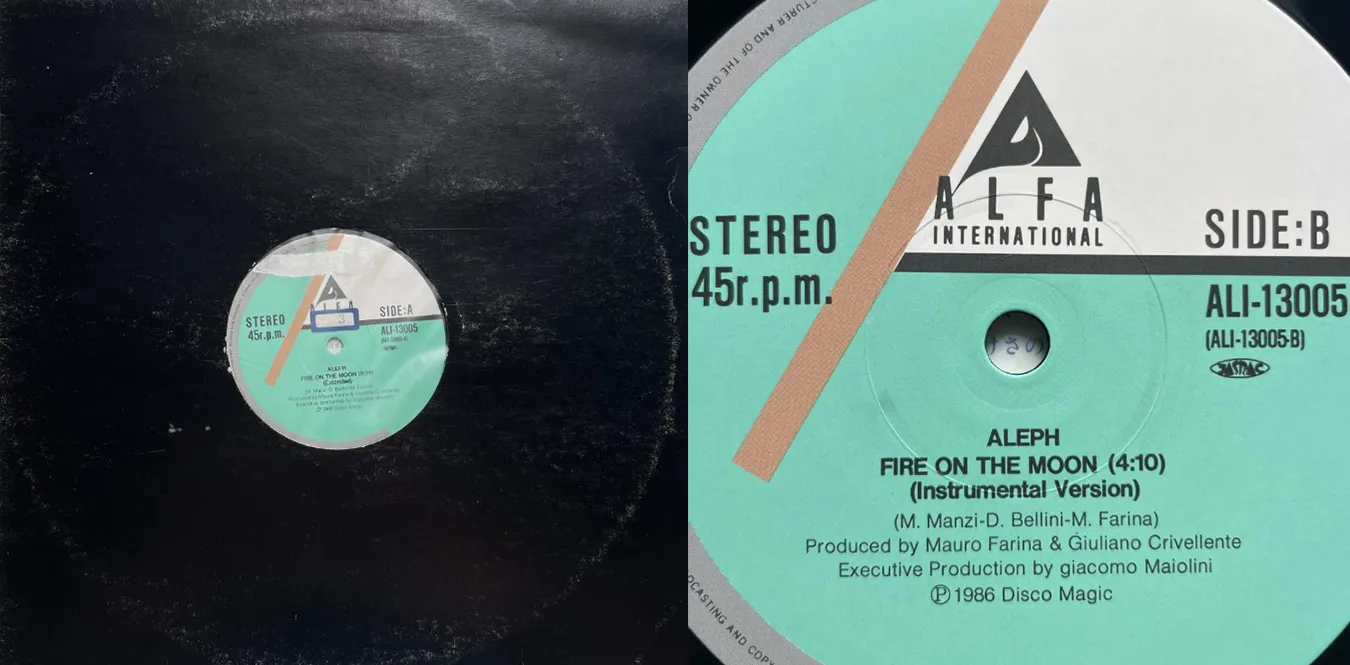
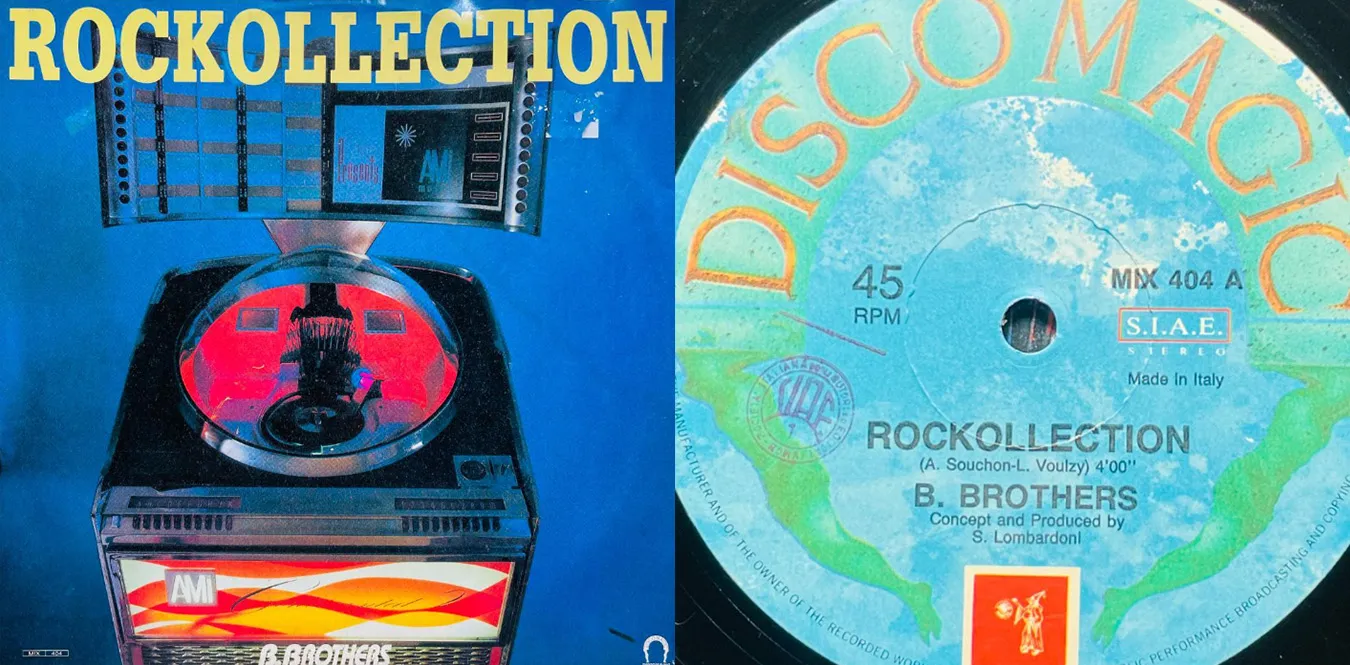
.webp)
